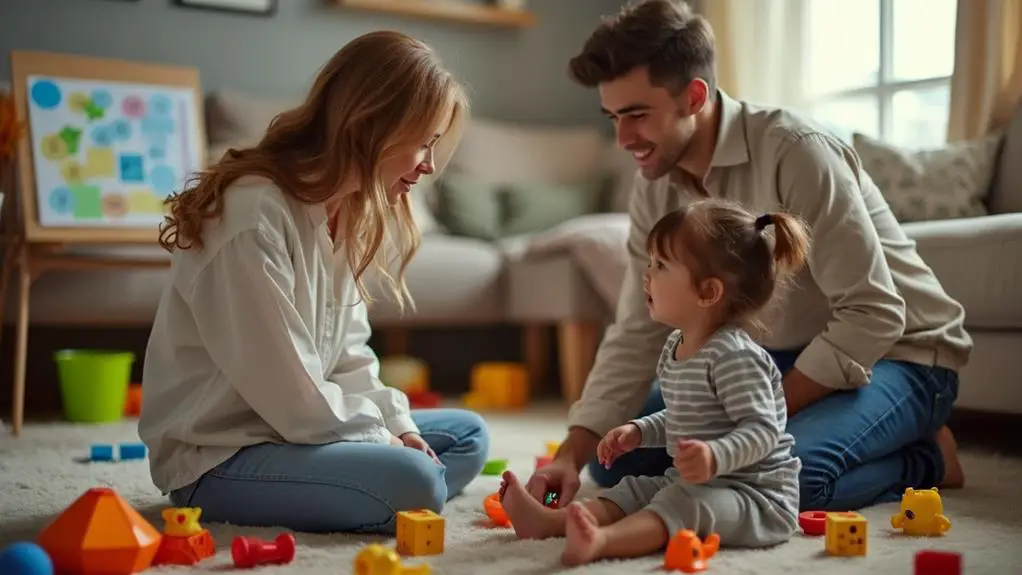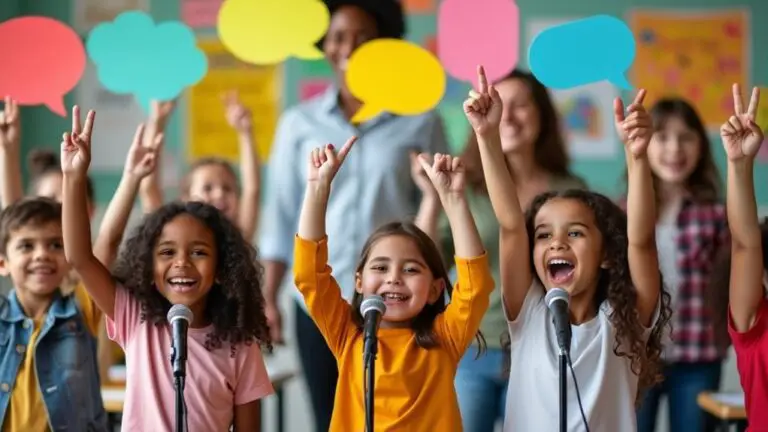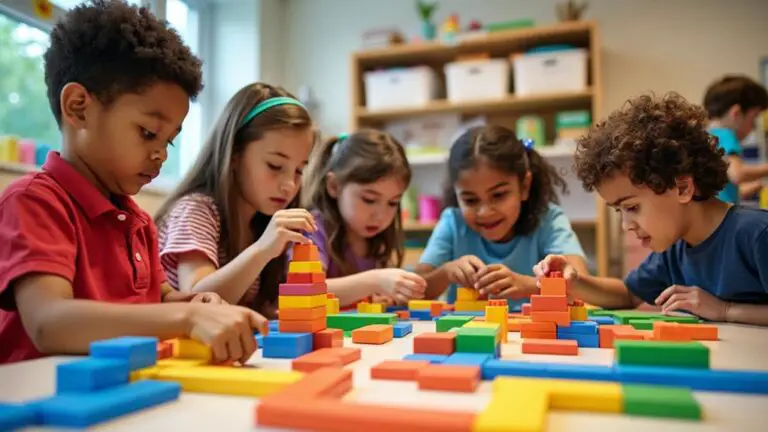Addressing Common Behavioral Challenges
As an educator, I've encountered my fair share of behavioral challenges in the classroom. I've learned that addressing these issues isn't a one-size-fits-all approach. It's a complex process that requires patience, understanding, and a willingness to adapt. I've found that identifying triggers and implementing proactive strategies can make a world of difference. But there's more to it than just prevention. Building relationships and tailoring interventions are essential components that often get overlooked. In my experience, these elements can transform a disruptive classroom into a thriving learning environment. But how exactly do we put these ideas into practice?
Key Takeaways
- Identify behavioral triggers through regular observation and data collection to address root causes.
- Implement proactive strategies like behavior-specific praise and structured routines to prevent disruptions.
- Build positive relationships with students through active listening and one-on-one check-ins.
- Develop individualized Behavior Intervention Plans (BIPs) tailored to specific student needs.
- Continuously monitor and adjust interventions while involving students in problem-solving processes.
Identifying Behavioral Triggers
When it comes to addressing behavioral challenges in the classroom, identifying triggers is an essential first step. As a teacher, I've learned that understanding what prompts challenging behaviors helps me develop effective behavioral interventions.
I pay close attention to patterns in my students' behavior, looking for environmental factors, shifts, or social interactions that might spark issues. By conducting regular observations and collecting data, I can pinpoint recurring triggers and prevent those behaviors.
I've found that common triggers like hunger, fatigue, and stress play a significant role in behavior management. To gain deeper insights, I engage my students in discussions about their feelings and experiences.
This collaborative approach not only helps me understand their triggers but also empowers them to develop self-regulation skills. By identifying behavioral triggers, I can create a more supportive learning environment for all my students.
Implementing Proactive Strategies
With behavioral triggers identified, the next step is putting proactive strategies into action.
I've found that implementing these approaches can considerably reduce challenging behaviors and create a positive classroom atmosphere. Here are some effective strategies I use:
- Provide behavior-specific praise to reinforce positive actions
- Establish structured routines for smoother shifts
- Practice active supervision to monitor and guide student behavior
- Offer frequent opportunities to respond, keeping students engaged
I've learned that proactive strategies like these help set clear expectations and foster a more interactive learning environment.
By consistently applying these techniques, I've seen a decrease in disruptions and an increase in student engagement.
It's important to regularly reflect on teaching practices and adjust individualized supports as needed. This ongoing process guarantees that I'm meeting the unique needs of each student while maintaining a positive and productive classroom atmosphere.
Building Positive Relationships

Over time, I've discovered that building positive relationships with students is the cornerstone of effective classroom management. By prioritizing these connections, I've noticed a significant reduction in disruptive behaviors and an increase in student engagement. Research backs this up, showing improved academic performance and emotional skills when educators focus on relationship-building.
I've found that active listening and validating students' feelings are essential for fostering trust and rapport. Regular one-on-one check-ins help me identify underlying concerns and support students more effectively.
When behavior challenges arise, I use collaborative problem-solving conferences to empower students to take ownership of their actions. This approach not only strengthens our relationship but also encourages positive behavior change.
Tailoring Interventions for Success
Building positive relationships lays the groundwork for addressing behavioral challenges, but it's only the first step. To effectively manage challenging behaviors, I've found that tailoring interventions is essential, especially in Special Education settings.
I start by conducting a thorough behavioral evaluation to identify specific needs. This process helps me develop effective strategies that promote appropriate behaviors and teach the skills they need.
Key aspects of tailoring interventions include:
- Creating individualized behavior intervention plans (BIPs)
- Continuously monitoring and adjusting interventions
- Collaborating with students in problem-solving
- Implementing multi-tiered systems of support (MTSS)
I've learned that self-reflection is important, as my own behaviors can influence classroom dynamics.
Conclusion
I've learned that addressing behavioral challenges is a complex process. By identifying triggers, implementing proactive strategies, and building positive relationships, I'm better equipped to create a supportive classroom environment. I've found that tailoring interventions to each student's needs is essential for success. Through these approaches, I've seen significant improvements in student behavior and overall classroom dynamics. It's an ongoing process, but I'm committed to fostering positive change and growth for all my students.







